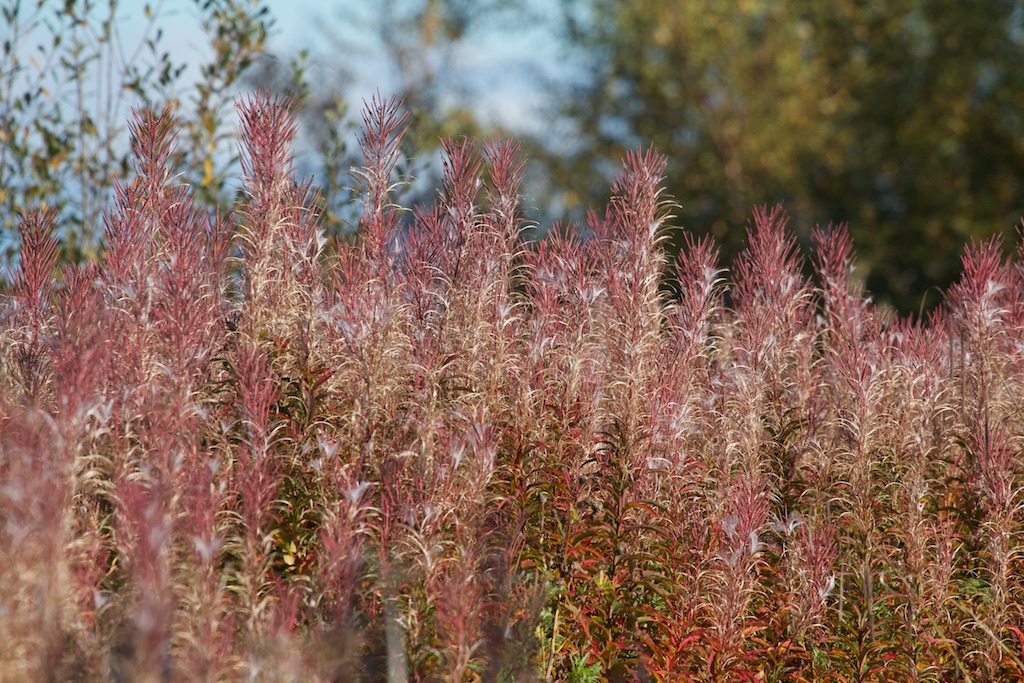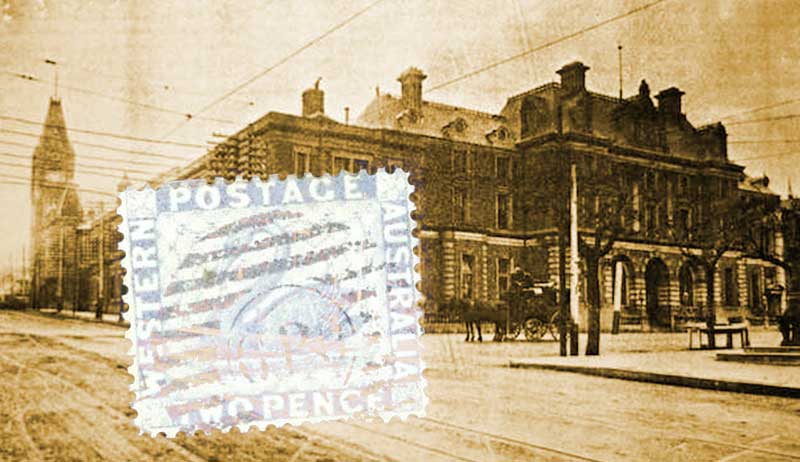
Leetown to Auchterarder
When certain members of the Dyson clan chose to deny their Lancashire heritage of robbery and mayhem, they liked to pretend their antecedents came from Scotland (As you do.) However, some of them truly did: These were the Brough family from Perthshire, Scotland.
